Coffee for 12 cups, Coffee is more than just a morning pick-me-up; it’s a craft, a ritual, and, for many, a passion. The balance between coffee grounds and water becomes even more crucial when it comes to making coffee, especially in larger quantities like 12 cups. Whether you’re hosting a brunch, preparing for a busy workday, or simply brewing a large pot for yourself, knowing the right amount of coffee to use is essential to achieve that perfect, flavorful cup every time. In this article, we’ll explore the science and art behind determining how much coffee to use for 12 cups, the different brewing methods, and some practical tips to ensure you brew consistently delicious coffee.
Understanding Coffee Measurements: Cups and Ounces
• Before diving into how much coffee you need for 12 cups, it’s essential to clarify what we mean by a “cup” in coffee brewing. A cup is only sometimes equivalent to the standard 8-ounce cup measurement in coffee makers. Most coffee makers define a cup as roughly 5 to 6 fluid ounces, which can be confusing if you’re following recipes or trying to brew coffee with a standard kitchen measuring cup.
Why Coffee Makers Define Cups Differently:
• The reason behind the 5-ounce “coffee cup” is rooted in tradition and practicality. Coffee makers were designed with a specific brewing strength in mind, and their cup measurements are tailored to this. For example, a standard 12-cup coffee maker will brew approximately 60 ounces of coffee, which aligns with 5 ounces per cup.
The Golden Ratio: How Much Coffee to Use
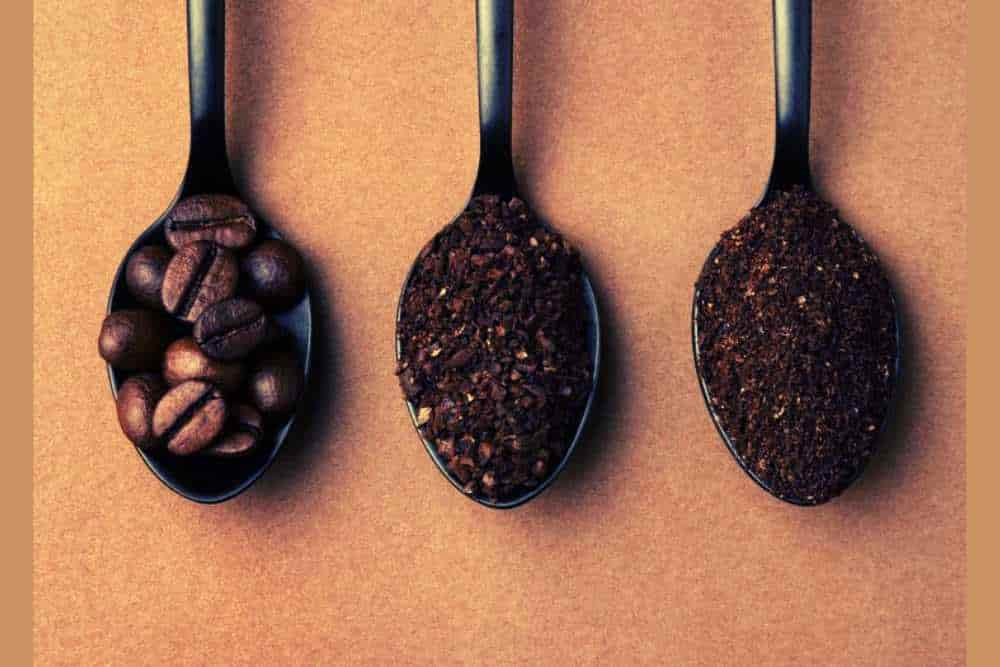
The golden ratio is a commonly recognized guideline for brewing coffee. It suggests using 1 to 2 tablespoons of ground coffee per 6 ounces of water, which allows flexibility depending on your taste preferences. If you prefer a more potent brew, aim for closer to 2 tablespoons; for a milder cup, one tablespoon should suffice.
• To determine how much coffee is needed for 12 cups, we need to consider the following:
• Twelve cups of coffee, as defined by most coffee makers, is equivalent to approximately 60 fluid ounces.
• Applying the golden ratio, which suggests using 1 to 2 tablespoons of coffee per 6 ounces of water, we can calculate the amount of coffee required.
1. Calculating Coffee for 12 Cups
• Let’s break down the calculation for a standard 12-cup coffee maker, which brews around 60 ounces.
• For a standard brew:
• The golden ratio calls for 1 to 2 tablespoons of coffee per 6 ounces of water. Therefore, for 60 ounces (10 times 6 ounces), you would use 10 to 20 tablespoons of coffee grounds.
• Here’s a more detailed breakdown:
• Mild Brew: Use ten tablespoons of coffee (equivalent to around 5/8 cup).
• Standard Brew: Use 12 to 14 tablespoons of coffee (equivalent to 3/4 cup).
• Strong Brew: Use 15 to 20 tablespoons of coffee (equivalent to 1 cup to 1¼ cups).
• By adjusting the amount within this range, you can fine-tune the strength of your coffee to suit your taste. Remember, each tablespoon equals 5 to 6 grams of coffee, so a digital scale can help you measure more precisely.
The Role of Coffee Quality.
• The amount of coffee isn’t the only factor that influences the taste. Both the grind size and the quality of your coffee beans are essential factors to consider. Let’s explore how these factors impact your brew:
• Grind Size
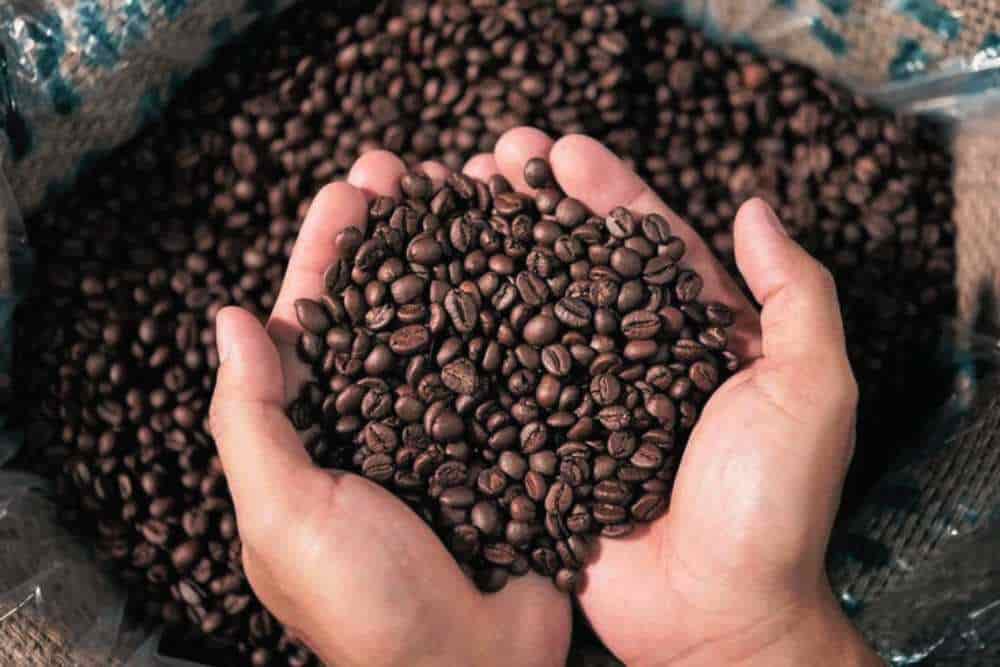
• The grind size should match your brewing method. A medium grind should be used for drip coffee makers. If the grind is too fine, the coffee may become over-extracted and develop a bitter taste. Conversely, a grind that is too coarse can cause under-extraction, leading to a weak flavor.
• Coffee Bean Quality:
• The flavor is greatly influenced by the quality of the beans. High-quality, freshly roasted beans will produce a richer, more aromatic cup of coffee. Even with perfect measurements, using poor-quality beans can lead to a disappointing brew.
Different Brewing Methods and Their Impact on Measurement
• The standard measurements discussed earlier will work well if you’re using a drip coffee maker to brew 12 cups. However, if you’re experimenting with different brewing methods, you’ll need to adjust the amount of coffee accordingly. Below are some techniques:
• Pour-Over:
• In a pour-over method, such as a Chemex or a V60, the golden ratio of 1 to 2 tablespoons per 6 ounces of water still applies. However, you must pour the water slowly and evenly over the coffee grounds to extract the best flavors. For a 12-cup Chemex, you would use the exact measurements as a drip coffee maker, around 12 to 14 tablespoons.
• French Press:
• The French press typically uses a coarser grind, and the coffee-to-water ratio is slightly different. For a typical French press brew, use 1 tablespoon of coffee for every 4 ounces of water. For 12 cups (60 ounces), you would use around 15 tablespoons of coffee.
• Cold Brew:
• Cold brew requires a different approach entirely. The typical ratio for cold brew is 1 cup of coffee grounds to 4 cups of water. To make a larger batch equivalent to 12 cups, you would use 3 cups of coarsely ground coffee and 12 cups of cold water.
Practical Tips for Brewing 12 Cups of Coffee
• Brewing 12 cups of coffee at once can seem daunting, but with a few practical tips, you can achieve a consistently delicious result:
• Use a Digital Scale: While tablespoons are convenient, using a digital scale ensures greater accuracy. Coffee grounds vary in density, so a scale eliminates inconsistencies. Aim for around 60 to 70 grams of coffee for a standard 12-cup brew.
• Water Quality is Key: Because coffee is made up of 98% water, the quality of your water can have a major effect on the flavor. Use filtered or bottled water if possible to avoid any unwanted flavors.
• Pre-wet Your Filter: If you’re using a paper filter in your coffee maker, pre-wet it with hot water. This removes any papery taste and warms up the carafe or coffee pot.
• Check Your Coffee Maker’s Capacity: Make sure your coffee maker can handle 12 cups. Overfilling can result in spillage and under-extraction.
Common Mistakes to Avoid
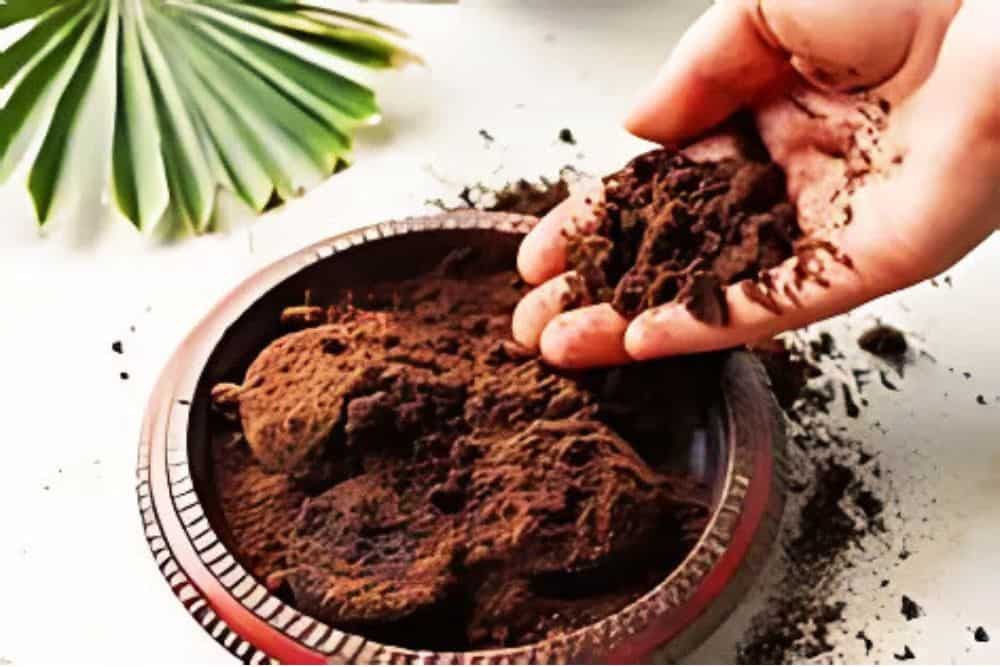
• Even seasoned coffee brewers can make mistakes when preparing a larger pot. Here are some mistakes that we should pay attention to.
• Using the Wrong Grind Size: As mentioned earlier, the grind size must match the brewing method. A medium grind should be used for drip coffee makers.
• Ignoring Coffee Freshness: Stale coffee beans can ruin an otherwise perfectly measured brew. Always use fresh coffee beans, ideally within two weeks of roasting.
• The water temperature should be maintained between 195°F and 205°F (90°C to 96°C).
Conclusion
Brewing 12 cups of coffee may sound simple, but achieving the perfect balance of coffee grounds and water requires some knowledge and precision. You can consistently make great-tasting coffee by understanding the measurements, applying the golden ratio, and adjusting for factors like grind size and brewing method. Whether you’re brewing for a crowd or preparing a large batch for yourself, knowing how much coffee to use ensures you can enjoy a delicious, flavorful cup every time.
Making 12 cups of coffee involves more than just filling a coffee maker and pressing the start. It’s about appreciating the craft and understanding the variables that impact the final product. Following these guidelines, you can brew confidently and create coffee that delights the senses. So the next time you’re faced with the question of how much coffee to use for 12 cups, you’ll be armed with the knowledge to brew like a pro. Enjoy the process, savor the flavor, and, most importantly, share the joy of a well-made coffee with other.


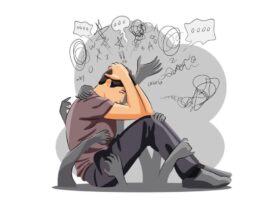
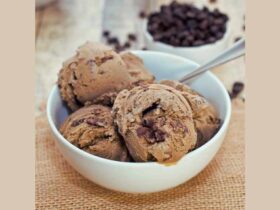




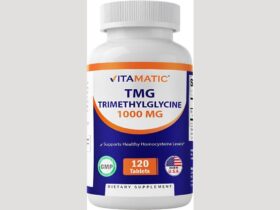
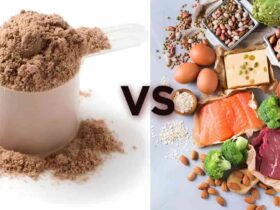
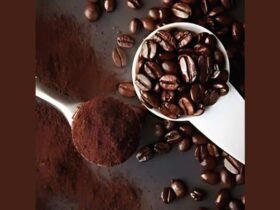


Leave a Reply